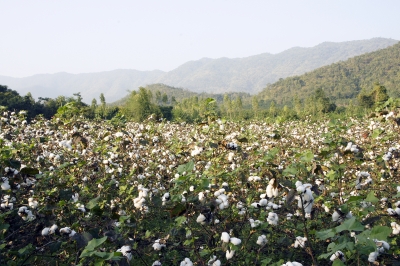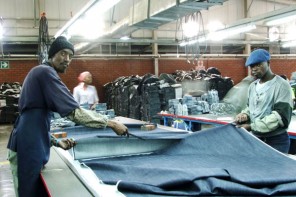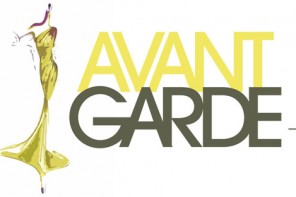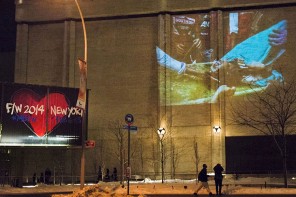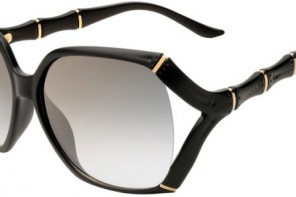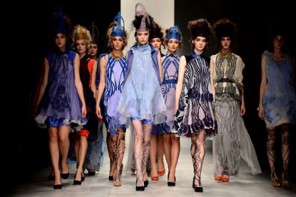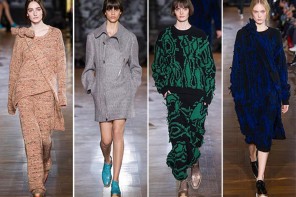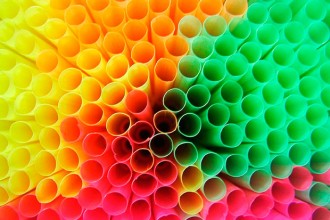When you hear the words “SA eco fashion” what comes to mind? Probably our amazing green fashion labels, such as Ilan, Lunar and Fundudz, right?
But eco fashion, however pretty or popular, does come with its own obstacles. So, just how well is SA doing when it comes to eco fashion and how can we turn our green fashion trend into a long-term lifestyle that proves local is lekker?
Staring green in the face
The reality is that eco-fashion in our country isn’t moving at the same pace as the rest of the world, for now at least. “Unfortunately, progress is slow,” admits Alf Hartzenburg, owner of Environmental Textile Solutions. “Eco-friendly fashion is mainly led by small and independent designer brands and retailers who are committed to the sustainable environmentally friendly lifestyle.”
Unverifiable claims are sometimes made on product packaging and branding, thus fooling consumers into thinking they’re buying green products when they’re not really. What further doesn’t help is that there still exist people who aren’t interested in eco fashion and therefore they don’t join the cause.
“South Africa’s dichotomy of two economies gives rise to a green consumer market with small pockets of committed consumers amidst a sea of green cynics and those who are unconcerned,” Hartzenburg says.
Obstacles facing eco designers
Ensuring that green clothing is created is not an easy task with which to follow through. Although living green sounds like a step back to a simple, positive lifestyle, eco designers face obstacles in the carrying out of their green philosophies. For example:
- The lack of eco-label approved naturals, synthetics and blended fabrications. “This forces the importation of small quantities of those fabrications meeting EU eco-label criteria from Europe and the East,” Hartzenburg says. What further aggravates the problem is that the marketing of eco-friendly fashion fails to result in responsible buying because it doesn’t make a strong enough connection between present day buying decisions and the future of the world environment, he adds.
- We find ourselves at the end of the fashion train. “Here in SA we’re a season behind in fashion,” says Ilan designer Stephan Martin. “There is a delay in when the fashion trends reach us.”
- Sourcing fabrics can become pretty complicated. “One of the biggest problems facing designers is getting eco-friendly fabrics,” Martin says. “Often the fabrics that are sourced locally originate from countries overseas, such as India, where the fabrics are certified as being eco-friendly. In SA we don’t have enough of the facilities needed to grow materials and produce eco-friendly fabric for ourselves.”
- The actual process of making garments is also tricky. “You have to ensure you’re certified as eco-friendly, which means there must be a certain percentage of virgin fibre, and during the creation process you have to ensure you don’t use bleach, uncertified dyes or that you cause a lot of toxic waste,” Martin explains.
Green solutions
But in spite of the obstacles, there are ways to ensure the commitment of eco-friendly fashion, and Martin is an example of an eco-designer who is making a difference in how we respond to the environment’s call.
As a designer whose philosophy also consists of a general eco-friendly lifestyle choice, Martin says that one of the ways in which to make sourcing of eco-friendly fabrics less complicated is if a big company imports natural fabrics for many designers. This lowers the carbon footprint involved in the transportation of the fabric because it is sub-divided between the designers who gain the materials.
In his design process, Martin says that he tries to use fabrics that he can work with in his own way and he tries to find places that are certified with having eco-friendly printing for garments. “The fashion industry doesn’t cater to small businesses so you have to be creative,” says Martin, who sometimes even makes his own dye in a pot. “You have to think outside of the box and take things one step further. At the end of the day what you create is an art piece, not something industrialised.”
Is green “just trendy” or “to last”?
The great thing to be remembered about green fashion is that it is set to continue growing.
“The green market is more than a niche and consumers in developed countries are making the paradigm shift towards green living because they have glimpsed the abyss of environmental destruction caused by harmful production and consumption practices,” Hartzenburg says.
Martin adds that one of the trends of eco-living has been the increase of people wanting to know where a garment came from and what processes were involved in the making of it. “It’s about the story of how things are made and the love that went into their creation,” Martin says. “We’re definitely going back to our roots.”
But if we want to ensure that green fashion is here to stay in our country then we need to promote eco-labelling and eco-labelled products. “This relies on complementary measures taken by government and other important players like green producers and consumer organizations within an integrative policy approach,” Hartzenburg says. “The policies and tools for doing so resides in green public and private procurement, economic instruments, education for sustainable consumption and consumer organizations.”
Hartzenburg insists, however, that eco-fashion is here to stay. As its consumer you play an important role in ensuring the development of turning green into more than a passing trend.
Here’s what you can do to help:
- Commit to the cause – support local communities and local eco-fashion designers as much as possible. To check out Ilan’s divine eco-collections, visit the Ilan website.
- Choose sustainability. This means trying to ensure that your clothes last as long as they possibly can or that you recycle (or “upcycle”) them when you don’t want them anymore to limit the amount of waste you send out into the environment.
- Be informed. Research green products to ensure that what you are buying really is eco-friendly and not just a slap to the environment in disguise. Remember that information is power!
The liveeco team

